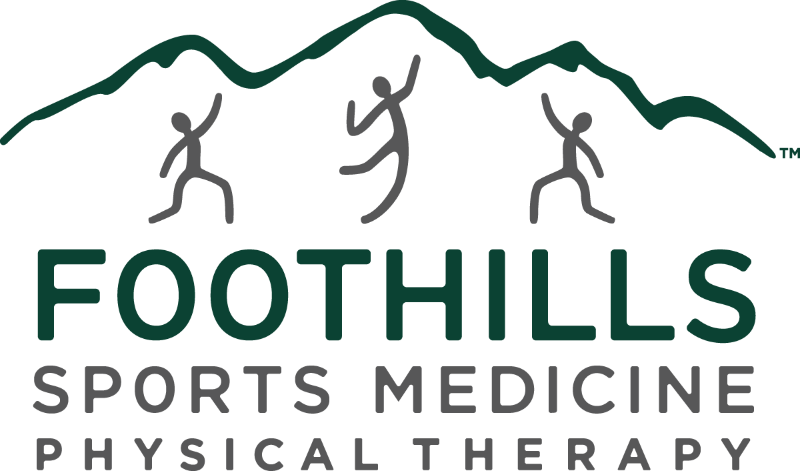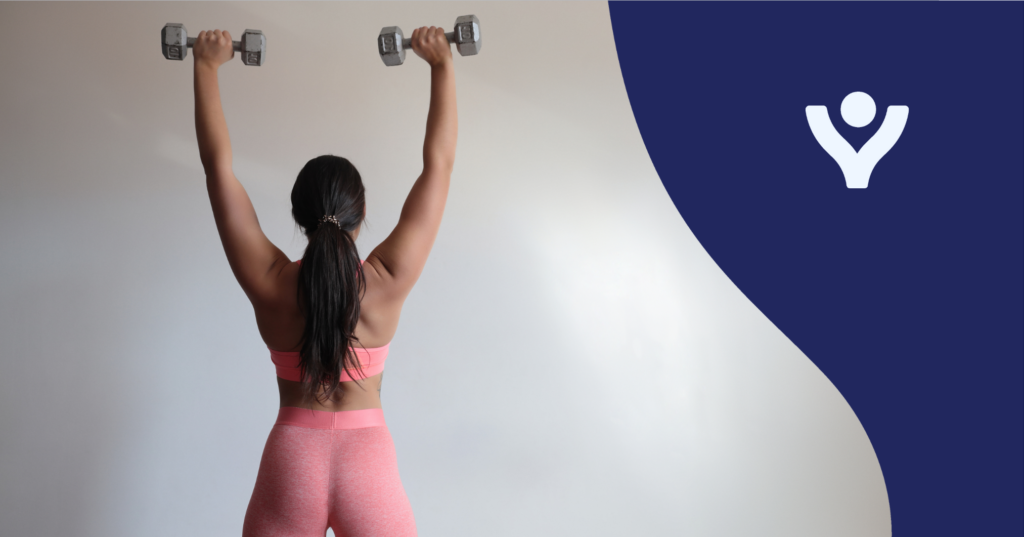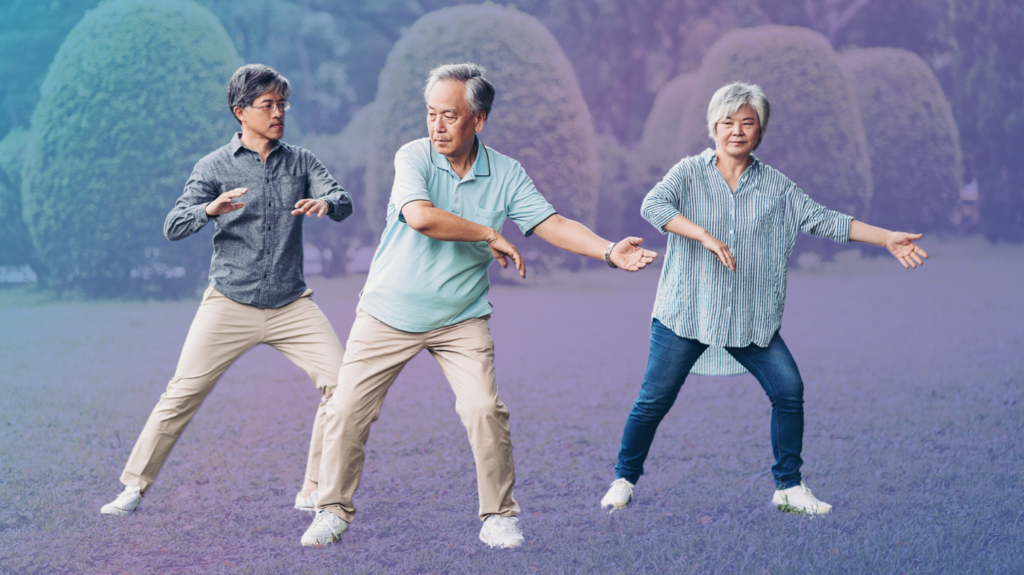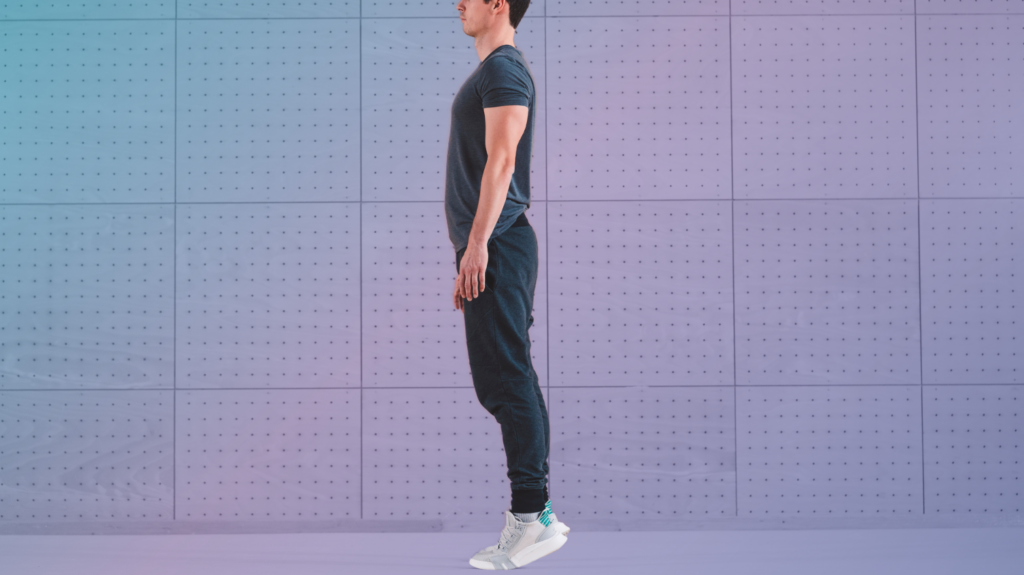Foothills Sports Medicine is an Arizona physical therapy provider that offers a hands-on, individualized approach to physical therapy for patients of all ages all over the state. To schedule a free consultation with one of our therapists, go online here. For more information about Arizona physical therapy, follow our blog.
Jason Sweet obtained a doctorate in physical therapy from A.T. Still University and is the Director of our Northwest Tucson location. Jason is dedicated to helping patients meet their recovery and physical therapy goals, and as a parent he recognizes the importance of teaching children about physical health to help prevent injury later in life. In this article, he explains the importance of good posture, and how to help your children maintain it.
As a physical therapist, I constantly notice postural dysfunctions while in everyday situations. I see my kids working on the computer and playing video games, or I look at someone sitting at their workstation, or even when I’m walking down the street – I see evidence of poor posture everywhere. Many people suffer from poor posture and the pain or injury it can cause, but there are many postural issues that can be corrected through simple activities and education. It is especially important to educate children about posture at a young age to prevent bad habits from forming.
There are many reasons poor posture occurs in children, but most can be addressed and corrected easily. One common cause is improper backpack use. If backpacks are worn incorrectly, children compensate for the excessive weight by leaning forward and tilting their necks upward. This posture can cause chronic back pain, and kids may begin to unconsciously assume it even when not carrying a pack.
To prevent injury while wearing a backpack, make sure your children do the following:
- Always use both shoulder straps to keep the weight of the backpack evenly distributed. A cross-body bag can also be a good alternative for carrying books and supplies.
- Tighten the straps to keep the load closer to the back.
- Organize the items: pack heavier things low and toward the center.
- Pack light and remove items if the backpack is too heavy. Carry only those items that are required for the day, and leave any unnecessary books at home or school.
- Lift properly by bending at the knees when picking up a backpack.
How Parents Can Help:
- Make sure your child or teenager tells you about any numbness, tingling, or discomfort in the arms or legs, which may indicate poor backpack fit or carrying too much weight.
- Watch your child put on or take off the backpack to see if it is a struggle. If the backpack seems too heavy for the child, have them remove some of the books and carry them in their arms to ease load on the back.
- Do not ignore back pain in a child or teenager.
- Talk to the school about lightening the load. Team up with other parents to encourage changes.
- Be sure the school allows students to stop at their lockers throughout the day to drop off or exchange heavier books.
- If your child has back pain that does not improve, consider buying a second set of books to keep at home.
Another issue affecting children’s posture is technology use. Children are often inundated with electronic devices, but they aren’t being taught good posture while utilizing them. Additionally, the time spent on these devices can be excessive. Most of the time, kids are slouched over their devices or in other poor ergonomic positions as they lie on the couch, floor, or hunch over the kitchen table. Children often assume similar poor postures while sitting and doing homework. Body awareness and how one sits are both learned behaviors, and children learn by mimicking what they see. If parents have faulty posture, children quickly learn this as normal.
With that in mind, follow these tips when seated:
- Choose a chair that allows you to rest both feet flat on the floor while keeping your knees level with your hips. If necessary, prop feet up with a footstool or other supports.
- Sit back in your chair. If a chair doesn’t support your lower back’s curve, place a rolled towel or small pillow behind your lower back.
- Stretch the top of your head toward the ceiling, and tuck in your chin slightly.
- Keep your upper back and neck comfortably straight.
- Keep your shoulders relaxed – not elevated, rounded, or pulled backward.
- Elevate items that are used for homework to avoid a head-down position while reading.
- Good posture while sitting should always be encouraged, whether doing homework, eating dinner, or playing on an electronic device.
Children who are overweight or obese can develop postural issues as well. They are often fatigued and tend to have a sedentary lifestyle. Their prolonged sitting causes more slouching, and poor posture worsens as a result. Lack of playtime can limit how children use their bodies, and in school there is often an over-emphasis on academics to the detriment of adequate healthy exercise. The American Academy of Orthopedic Surgeons recommends the following to make sure your kids stay active:
- Make physical activity a part of a child’s schedule for at least 30 to 60 minutes per day and reinforce the message that exercise is fun. Choose games, toys and gifts for your child that involve activity.
- Be a model for active behavior. Join children for a bike ride, ball game, or long walk. Use physical activity as reward for positive behavior.
- Encourage physical involvement based on age and choose size-appropriate activities. This would include participation in team sports like soccer, baseball, basketball, or individual participation in activities like dancing, swimming, step aerobics, stair climbing, tennis, skiing, skating, karate, or bowling.
- Make sure children take the time to warm up. Research studies have shown that cold muscles are more prone to injury. Warm ups can include jumping jacks, jogging, walking or stationary cycling for 3 to 5 minutes.
- Encourage your child to keep hydrated by drinking plenty of water before, during, and after activities.
- Do not encourage children to play through pain. Additionally, tell kids it is important to take a break if they are tired.
- Limit the number of teams a child plays on in one season. Kids who play on more than one team are at increased risk for overuse injuries.
- Make sure children get sufficient calcium to keep their bones strong. Children need more Vitamin D than can be obtained by diet, so a multivitamin or Vitamin D supplement is recommended. Speak to your family physician about appropriate dosing for your child, depending on age and body size.
- Keep in mind that exercise alone is not enough to stay healthy – children and adolescents should consume a healthy
diet to maintain strong bones and lower the risk of excessive weight gain.
For more questions about how you can keep your children healthy, feel free to contact your local Foothills Sports Medicine Arizona physical therapy clinic!




